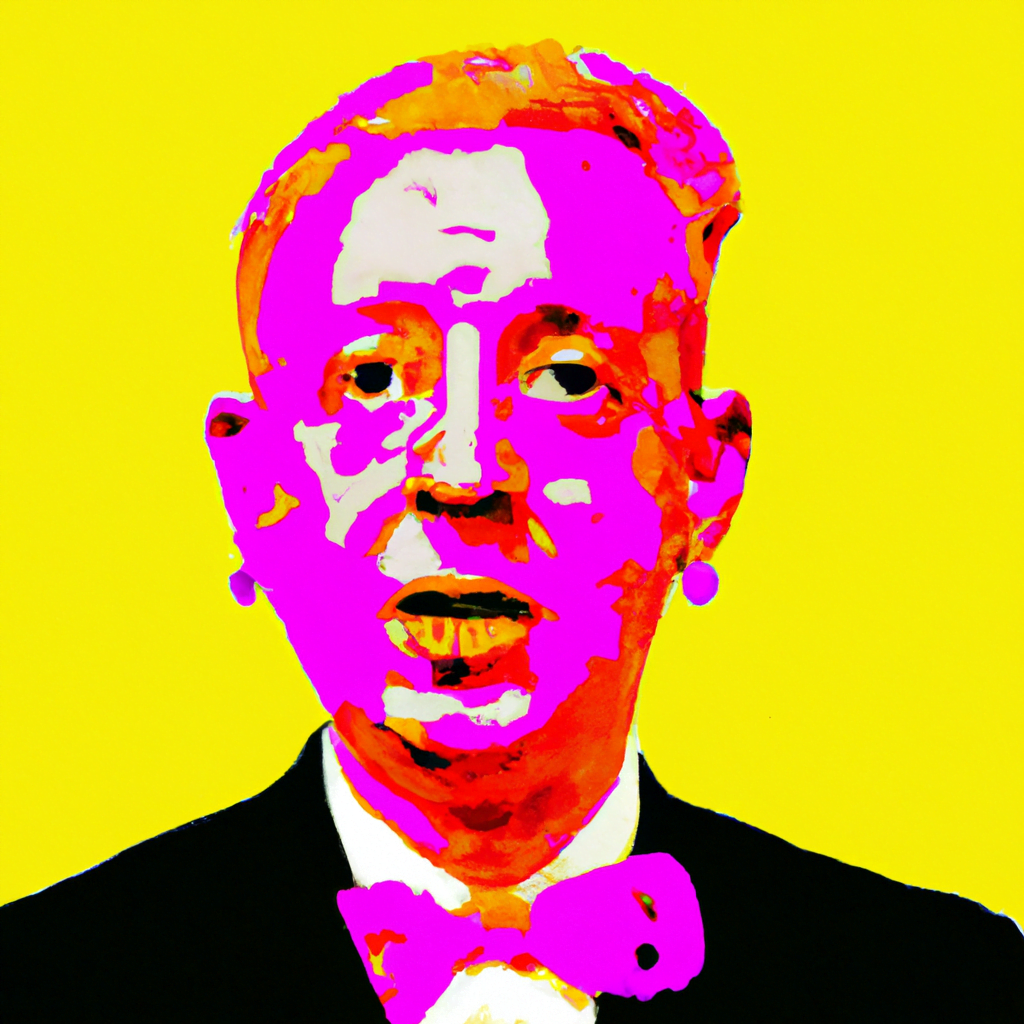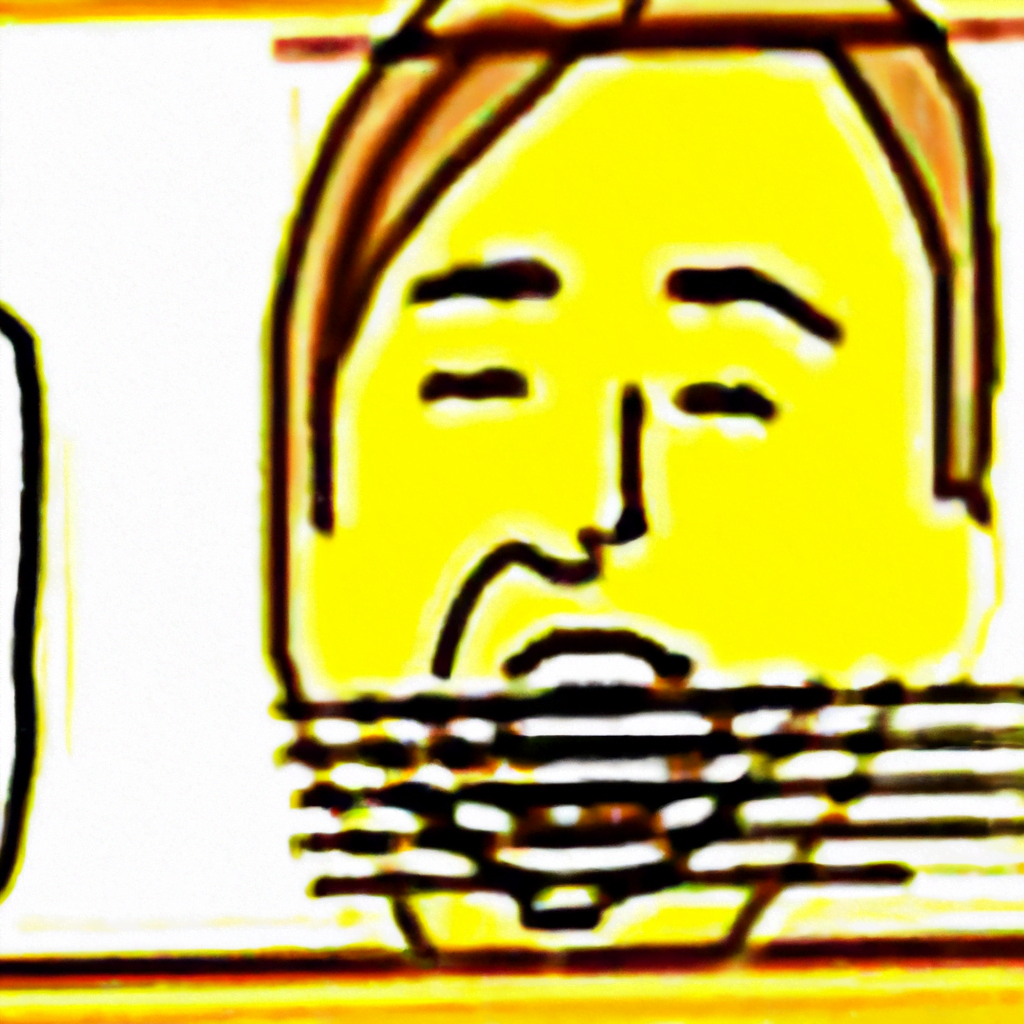
The Role of Illustration in Political Commentary

Illustration has long been a powerful tool for political commentary, allowing artists to convey complex ideas and critique political systems in a visually engaging and accessible way. From political cartoons to satirical illustrations, these visual representations have the ability to capture the attention of a wide audience and spark important conversations. In this article, we will explore the role of illustration in political commentary, examining its historical significance, its impact on public opinion, and its ability to challenge the status quo.
The Historical Significance of Political Illustration
Political illustration has a rich history that dates back centuries. In the 18th and 19th centuries, political cartoons emerged as a popular form of commentary in newspapers and magazines. These cartoons often depicted political figures and events, using satire and humor to criticize those in power. One notable example is James Gillray, a British caricaturist who used his illustrations to mock and satirize the excesses of the monarchy and the political elite.
During times of political unrest and social change, illustrations have played a crucial role in shaping public opinion. In the early 20th century, artists like George Grosz and John Heartfield used their illustrations to expose the corruption and hypocrisy of the Weimar Republic in Germany. Their powerful and provocative images became symbols of resistance and helped mobilize public sentiment against the government.
The Impact of Illustration on Public Opinion
Illustrations have the unique ability to convey complex ideas and emotions in a way that is easily understood by a wide audience. They can distill complex political issues into simple and relatable images, making them accessible to people of all backgrounds and levels of education. This accessibility is particularly important in a world where information overload and short attention spans are common.
Studies have shown that visual content, such as illustrations, is more likely to be remembered and shared than text alone. According to a study conducted by the Pew Research Center, 47% of adults in the United States get their news from social media platforms, where visual content is prevalent. This highlights the potential impact of illustrations in shaping public opinion and influencing political discourse.
Furthermore, illustrations have the power to evoke strong emotions and create a lasting impression. They can elicit empathy, anger, or humor, which can be instrumental in mobilizing people to take action or reconsider their beliefs. For example, the iconic “Hope” poster created by Shepard Fairey during Barack Obama’s presidential campaign in 2008 became a symbol of optimism and change, resonating with many voters and contributing to Obama’s success.
Challenging the Status Quo through Illustration
Illustration has often been used as a tool to challenge the status quo and question the actions of those in power. By visually representing political issues and events, artists can provide a critical perspective that may not be covered by mainstream media or official narratives.
One example of this is the work of Ai Weiwei, a Chinese artist and activist known for his provocative and politically charged illustrations. Ai Weiwei’s illustrations often tackle issues such as human rights abuses, government censorship, and corruption. His work challenges the Chinese government’s control over information and serves as a powerful critique of the regime.
Illustrations can also serve as a form of protest and resistance. During the Arab Spring uprisings in 2010 and 2011, artists in countries like Egypt and Tunisia used illustrations to express their discontent with oppressive regimes. These illustrations were shared on social media platforms and became symbols of the resistance movement, helping to galvanize support and raise awareness of the issues at hand.
Case Studies: The Power of Political Illustration
Several case studies highlight the impact of political illustration in shaping public opinion and influencing political discourse. One such case is the work of cartoonist Thomas Nast during the 19th century in the United States. Nast’s illustrations played a significant role in exposing the corruption of the Tammany Hall political machine in New York City. His cartoons, which depicted political figures as animals and used symbols to represent their actions, helped to mobilize public sentiment against the corrupt politicians.
Another notable case is the work of cartoonist Zunar in Malaysia. Zunar has been a vocal critic of the Malaysian government and has faced numerous legal challenges and threats as a result of his illustrations. Despite the risks, his cartoons have become a powerful form of dissent, challenging the government’s actions and raising awareness of issues such as corruption and censorship.
The Future of Illustration in Political Commentary
As technology continues to advance, the role of illustration in political commentary is likely to evolve. With the rise of social media and digital platforms, illustrations can reach a global audience instantaneously, allowing for greater impact and engagement. Additionally, advancements in virtual reality and augmented reality may open up new possibilities for immersive and interactive political illustrations.
However, it is important to note that the power of illustration lies not only in its medium but also in the message it conveys. The effectiveness of political illustrations depends on the artist’s ability to capture the essence of a political issue or event and communicate it in a way that resonates with the audience. It requires a deep understanding of the political landscape and the ability to distill complex ideas into simple and relatable images.
Conclusion
Illustration plays a crucial role in political commentary, allowing artists to convey complex ideas, challenge the status quo, and shape public opinion. From political cartoons to satirical illustrations, these visual representations have the power to capture the attention of a wide audience and spark important conversations. As technology continues to advance, the role of illustration in political commentary is likely to evolve, but its ability to distill complex ideas into simple and relatable images will remain a powerful tool for political expression.
